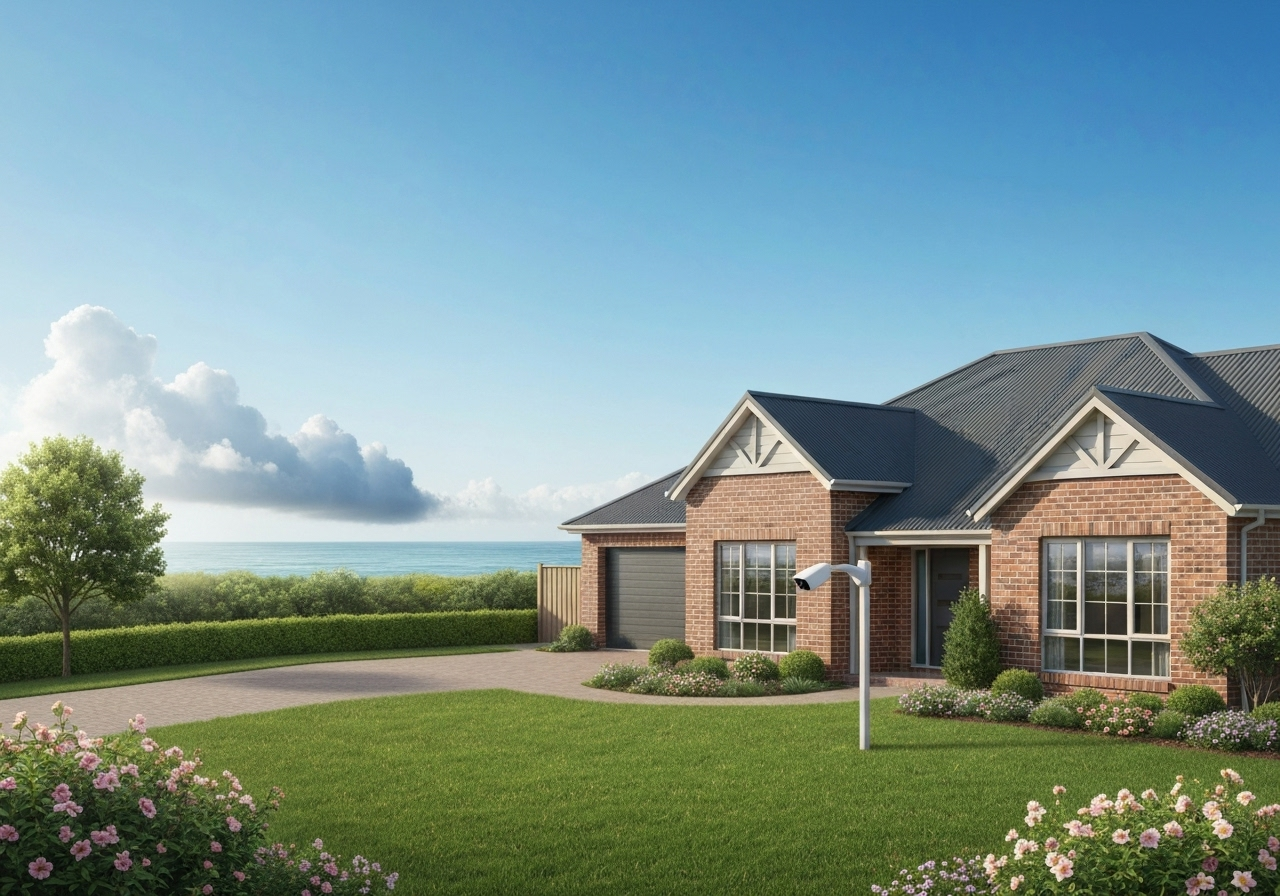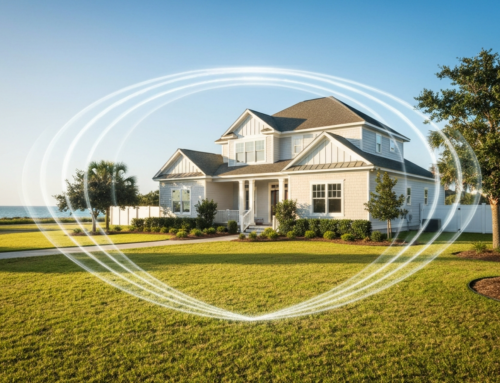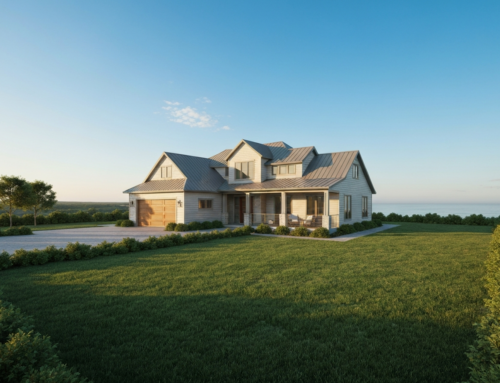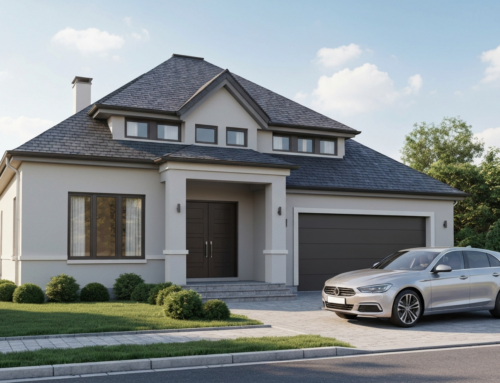Understanding Your Homeowners Insurance Premium: An Introduction
Understanding the various factors that impact your cost of homeowners insurance is crucial for every homeowner. Your premium isn’t an arbitrary number; it’s a carefully calculated sum based on a multitude of variables that assess the risk associated with insuring your property. These factors range from the obvious, like your home’s location, to more nuanced elements such as your personal claims history and specific policy choices. By gaining insight into these influences, homeowners can make informed decisions to potentially manage and even reduce their insurance expenses.
Key Factors That Impact Your Cost of Homeowners Insurance
Homeowners insurance premiums are determined by a complex interplay of various elements. Insurers weigh these factors to estimate the likelihood and potential cost of future claims. From the characteristics of your property to external environmental considerations and even your financial behavior, each aspect contributes to the overall premium you pay.
- Location: Proximity to fire hydrants, fire stations, and areas prone to natural disasters.
- Home Characteristics: Age, construction materials, roof type, and unique features.
- Personal History: Your claims history and credit-based insurance score.
- Coverage Choices: Deductibles, types of coverage, and endorsements.
- External Risks: Local crime rates and climate change impacts.
Your Home’s Location: Geography, Weather, and Local Risks
Where your home is situated is arguably one of the most significant factors that impact your cost of homeowners insurance. Geographic location dictates exposure to natural disasters, which can lead to higher premiums. Homes in coastal regions are often subject to increased risks from hurricanes and tropical storms, while properties in seismic zones face earthquake threats. Areas prone to wildfires, tornadoes, or hailstorms also see higher rates due to the increased probability of extensive damage.
Beyond natural disasters, local risks like crime rates play a role. A higher incidence of burglaries or vandalism in a neighborhood can signal a greater risk of theft or property damage, leading to higher insurance costs. Furthermore, the effectiveness of local emergency services, such as the proximity of a fire station and the quality of the fire department, can significantly influence premiums. Homes with quick access to fire protection typically benefit from lower rates.
Property Specifics: Age, Construction Materials, and Rebuilding Value
The physical attributes of your home are fundamental in determining your insurance premium. The age of your home is a primary concern for insurers; older homes may have outdated electrical systems, plumbing, or roofing, which can be more prone to issues and costly repairs. These homes might require specialized coverage or higher premiums due to increased risk.
The materials used in your home’s construction also significantly affect costs. Homes built with fire-resistant materials, such as brick or stone, often qualify for lower rates than those constructed primarily of wood. The type and age of your roof are critical, as newer, more durable roofing materials (e.g., metal or impact-resistant shingles) can withstand severe weather better and thus reduce risk. The estimated cost to rebuild your home, known as its replacement cost, is another vital factor. This value, not the market value, dictates the dwelling coverage amount and, consequently, a substantial portion of your premium.
Your Personal History: Credit Score and Claims Record
Your personal financial and insurance history also contribute to the factors that impact your cost of homeowners insurance. In many states, insurers use a credit-based insurance score to help predict the likelihood of future claims. A higher credit-based insurance score often indicates a lower risk, potentially resulting in more favorable rates. Conversely, a lower score might lead to higher premiums.
Your claims history is another critical element. Homeowners with a history of frequent claims, especially for preventable incidents, may be viewed as higher risk. Even small claims can impact your rates or make it challenging to find affordable coverage. It’s essential to understand how your past claims affect your future premiums and to consider whether filing a small claim is always the most cost-effective long-term strategy.
Policy Choices: Deductibles, Endorsements, and Coverage Limits
The choices you make when configuring your homeowners insurance policy directly influence your premium. Your deductible, the amount you pay out-of-pocket before your insurance coverage kicks in, is a significant factor. Opting for a higher deductible generally leads to lower premiums, as you’re taking on more of the initial financial risk. However, it’s crucial to select a deductible amount that you can comfortably afford in the event of a claim.
Coverage limits, which define the maximum amount your insurer will pay for a covered loss, also play a role. Increasing dwelling coverage or personal property limits will raise your premium. Furthermore, policy endorsements, which add or modify coverage for specific perils or items (e.g., flood insurance, earthquake coverage, or extended coverage for valuable possessions), will increase your overall cost. It’s vital to carefully assess your needs and choose coverage that provides adequate protection without over-insuring.
Beyond the Obvious: Unexpected Factors Influencing Premiums
Beyond the common considerations, several less obvious factors that impact your cost of homeowners insurance can surprise homeowners. For instance, having certain “attractive nuisances” on your property, like a swimming pool, trampoline, or even specific dog breeds, can increase liability risk and, consequently, your premiums. Insurers view these as potential sources of injury or damage for which you could be held responsible.
Even small changes or features can impact your rates. Installing smart home devices, such as security systems or smart smoke detectors, can sometimes lead to discounts due to enhanced safety and risk mitigation. Conversely, making certain renovations that increase your home’s value without informing your insurer can lead to underinsurance, making it crucial to update your policy after significant home improvements.
Proactive Steps to Potentially Lower Your Homeowners Insurance Rate
While many factors affecting homeowners insurance costs seem beyond your control, there are proactive steps you can take to potentially reduce your premiums.
- Improve Home Security: Install a monitored home security system, deadbolt locks, and smoke detectors. Many insurers offer discounts for these protective measures.
- Increase Your Deductible: If financially feasible, choosing a higher deductible can significantly lower your annual premium.
- Bundle Policies: Insuring both your home and auto with the same provider often results in a multi-policy discount.
- Maintain Your Home: Regular maintenance, such as updating your roof or plumbing, can prevent costly claims and demonstrate to insurers that you are a responsible homeowner.
- Review Your Policy Annually: Your insurance needs and home value can change, so periodically reviewing your policy ensures you have appropriate coverage at the best rate.
- Shop Around: Obtain quotes from multiple insurance providers to compare rates and find the most competitive option for your specific needs.
Partnering with Beach Insurance LLC for Tailored Home Protection
Navigating the complexities of homeowners insurance can be challenging, especially with so many factors that impact your cost of homeowners insurance. Beach Insurance LLC is dedicated to helping homeowners in the USA understand their options and secure the right protection for their most valuable asset. Our team of experienced professionals works to assess your unique situation, considering all relevant factors to tailor a policy that meets your needs and budget. We aim to provide clear, comprehensive information and personalized service, ensuring you feel confident and secure in your homeowners insurance coverage.
Frequently Asked Questions About Homeowners Insurance Costs
Q: Why did my homeowners insurance premium increase this year?
A: Premiums can increase due to several reasons, including rising construction and labor costs, an increase in natural disaster claims in your region, changes in your credit-based insurance score, or adjustments to your policy’s coverage limits and endorsements. Even broader market trends can influence rates.
Q: Does the age of my home significantly affect my insurance rate?
A: Yes, the age of your home is a significant factor. Older homes may have outdated systems (electrical, plumbing, HVAC) that are more prone to failure, leading to higher maintenance and replacement costs. Insurers often view older homes as having a higher risk profile, which can result in increased premiums.
Q: Can I lower my premium by making home improvements?
A: Certain home improvements can indeed lead to lower premiums. Upgrades that reduce risk, such as installing a new, durable roof, updating electrical wiring, reinforcing your home against specific natural disasters, or adding a sophisticated security system, can often qualify you for discounts.
Q: How does my credit score impact my homeowners insurance?
A: In most states, insurers use a credit-based insurance score as one of the factors that impact your cost of homeowners insurance. This score helps predict the likelihood of you filing a claim. Generally, a higher credit score can lead to lower premiums, while a lower score might result in higher rates.
Q: Is it always better to choose the lowest premium?
A: Not necessarily. While a lower premium can be attractive, it’s essential to ensure that your policy provides adequate coverage for your home’s replacement cost and your personal assets. A very low premium might indicate insufficient coverage or a very high deductible, which could leave you financially vulnerable in the event of a significant claim. Always balance cost with comprehensive protection.
To learn more, visit our Contact Us page.

